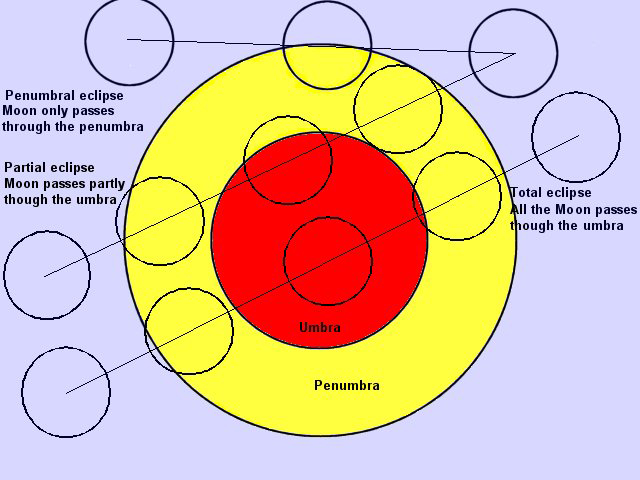
During an eclipse of the Moon, the Moon passes through the shadow of the Earth. When this happens there are several possibilities as to what may be visible, depending on how the Moon passes through the shadow. The 3 types of passage are shown in the diagram below.
PENUMBRA: The region of the Earth's shadow where only part of the Sun is blocked.
UMBRA: The region of the Earth's shadow where all of the Sun is blocked.

As indicated in the diagram, a penumbral eclipse is when the moon only passes through the penumbral portion of the Earth's shadow. Since only part of the Sun is blocked out in this region, the drop in light tends to be very small and it can be difficult to discern the eclipse.
In a partial eclipse, part of the Moon passes through the umbral part of the Earth's shadow. In this region all of the Sun is blocked out, so there is a considerable drop in the light falling on that region of the Moon. So that portion of the Moon becomes very dark.
In a total eclipse, all of the Moon passes through the umbral portion of the Earth's shadow, so all of the Moon becomes very dark. However, the Moon does not generally become invisible to the naked eye during a total eclipse. Instead it becomes a copper-red hue. The reason for this is that the Earth's atmosphere bends or refracts some sunlight into the shadow. Since red light most easily passes through the Earth's atmosphere, (hence red sunsets) it is predominately red light that passes into the shadow. Since the atmosphere is responcible for the light passing into the shadow, the amount of light there, and hence the brightness of the Moon, depends on 2 factors. One, how deeply the Moon passes into the umbra, (the deeper, the darker) and two, the state of the Earth's atmosphere. If the atmosphere is very clear, then considerable light will pass into the shadow and the Moon will be bright. However if the atmosphere contains a considerable amount of pollutants such as volcanic dust, then little light will pass into the shadow and the Moon will be very dark.
In adition to determining just how bright the Moon will be during an eclipse, the Earth's atmosphere also has another effect. It changes the actual diameter of the Earth's shadow, enlarging it by about 2%. However this amount is not constant, but varies acording to the state of the upper atmosphere. Generally it is larger when the Sun is at peak activity. The effect is subtle but measureable. The usual way of measuring this effect is to time when various features of the Moon pass itno the shadow during an eclipse. This is known as crater timing. Byron Soulsby of Canberra, Australia has been investigating this phenomena for over 20 years, and every time there is an eclipse of the Moon, he publishes timing predictions and invites observers world-wide to send him their timings. Details of predictions for future eclipses and results from previous eclipses are available at his website. Lunar Eclipse Home Page
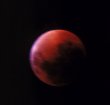 September 6, 1978 |
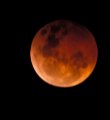 February 20, 1989 |
 June 4, 1993 |
 September 17, 1997 |
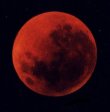 July 16, 2000 |
 January 9, 2001 |
 July 5, 2001 |
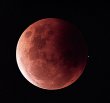 May 15, 2003 |
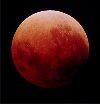 Miscellaneous |